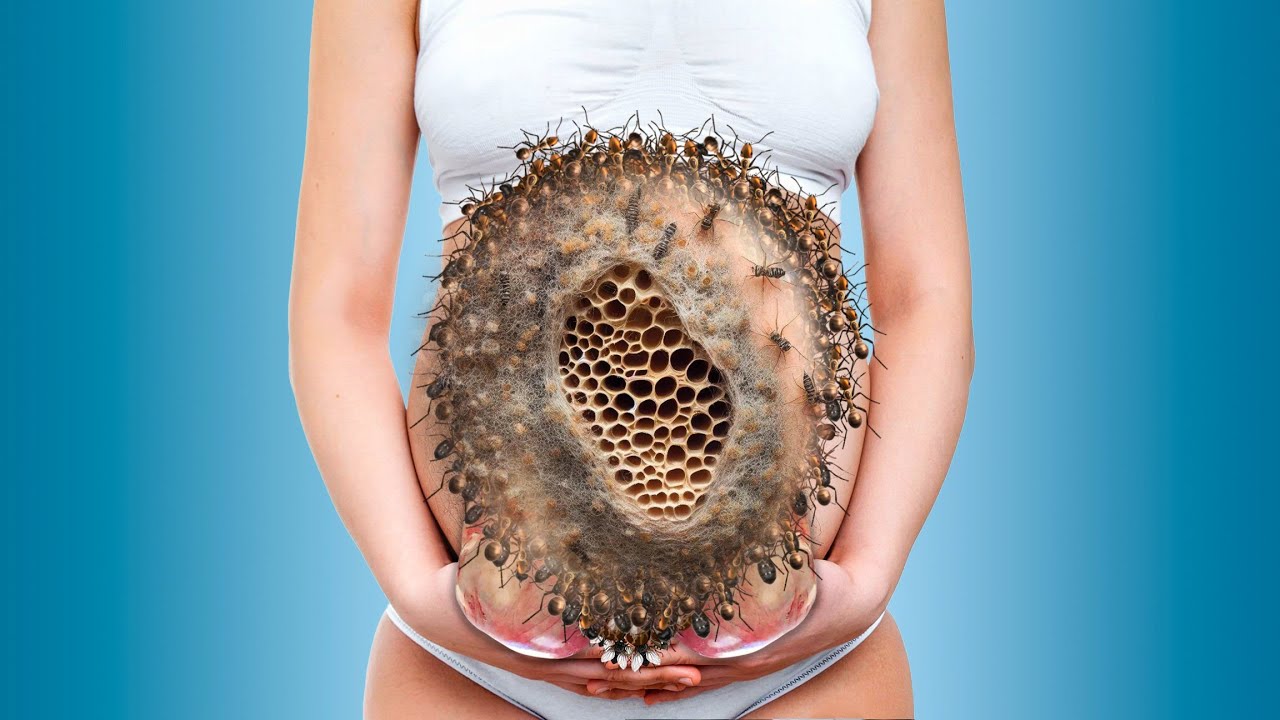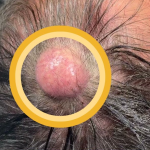treatment from infected belly
Please scroll down to watch the video.👇👇
Treating an infected belly button (navel) — also known as omphalitis — requires prompt attention to prevent complications. While mild infections can often be treated at home, more severe or persistent cases may require medical care.
🧠 What Is an Infected Belly Button?
An infected belly button (omphalitis) occurs when bacteria, fungi, or other pathogens grow in the moist, warm environment of the navel. It’s commonly caused by:
- Poor hygiene
- Trapped sweat, dirt, or soap residue
- Piercing-related infection
- Diabetes or weakened immune system
🔍 Symptoms of a Belly Button Infection
Common signs and symptoms include:
- Redness and swelling around the navel
- Pain or tenderness
- Foul-smelling discharge (may be yellow, green, or brown)
- Crusting or scabbing
- Itching or irritation
- In severe cases: fever, nausea, or swollen lymph nodes
✅ Treatment Options for Infected Belly Button
🏠 Home Treatments (for Mild Infections)
1. Gentle Cleaning
- Wash the area daily with mild antibacterial soap and warm water .
- Use a soft cloth or cotton swab to gently clean inside the belly button.
- Rinse thoroughly and dry completely (moisture promotes bacterial/fungal growth).
Tip: Avoid using harsh soaps or alcohol-based products which can irritate the skin.
2. Hydrogen Peroxide or Antiseptic Solution
- Apply hydrogen peroxide (3%) , povidone-iodine (Betadine) , or chlorhexidine solution to disinfect the area.
- Soak a cotton ball and gently dab into the belly button once or twice a day.
Note: Don’t overuse hydrogen peroxide — it can damage healthy tissue if used excessively.
3. Apply Antibiotic Ointment
- After cleaning and drying, apply a thin layer of over-the-counter antibiotic ointment like:
- Neosporin (neomycin/polymyxin B/bacitracin)
- Bacitracin
- Helps fight bacterial infection and prevents further contamination.
4. Use an Antifungal Cream (If Fungal Infection Suspected)
- If there’s white discharge, itching, or a yeasty smell, you might have a Candida infection .
- Try antifungal creams such as:
- Clotrimazole (Lotrimin)
- Miconazole (Micatin)
- Keep the area dry and avoid tight clothing that traps moisture.
5. Warm Compress
- Apply a warm compress to reduce swelling and promote drainage.
- Soak a clean cloth in warm water and place on the belly button for 5–10 minutes, 2–3 times a day.
🩺 Medical Treatments (for Severe Infections)
See a doctor if:
- The infection doesn’t improve after 2–3 days of home treatment
- There is increasing redness, pain, or pus
- Fever or chills develop
- Swollen lymph nodes or spreading redness appear
1. Prescription Antibiotics
- Oral antibiotics may be prescribed for bacterial infections, such as:
- Cephalexin
- Clindamycin
- Doxycycline
2. Incision and Drainage
- If an abscess (pocket of pus) forms, a doctor may need to drain it.
3. Culture Testing
- A sample of the discharge may be taken to identify the exact cause (bacteria vs. fungus) and guide treatment.
🧼 Prevention Tips
To prevent future infections:
- Clean your belly button daily during showers
- Dry thoroughly after washing
- Avoid tight-fitting clothes that trap sweat
- Don’t use harsh scrubs or chemicals inside the navel
- If you have a belly button piercing, keep it clean and avoid touching it unnecessarily
🚫 When NOT to Treat at Home
Seek immediate medical attention if:
- You notice spreading redness or warmth (signs of cellulitis)
- You develop a fever or chills
- There is pus or foul-smelling discharge
- The area becomes increasingly painful or swollenhttps://www.youtube.com/watch?v=jc2jTf-2PM0
https://www.youtube.com/watch?v=Tudzxr0Edsw


